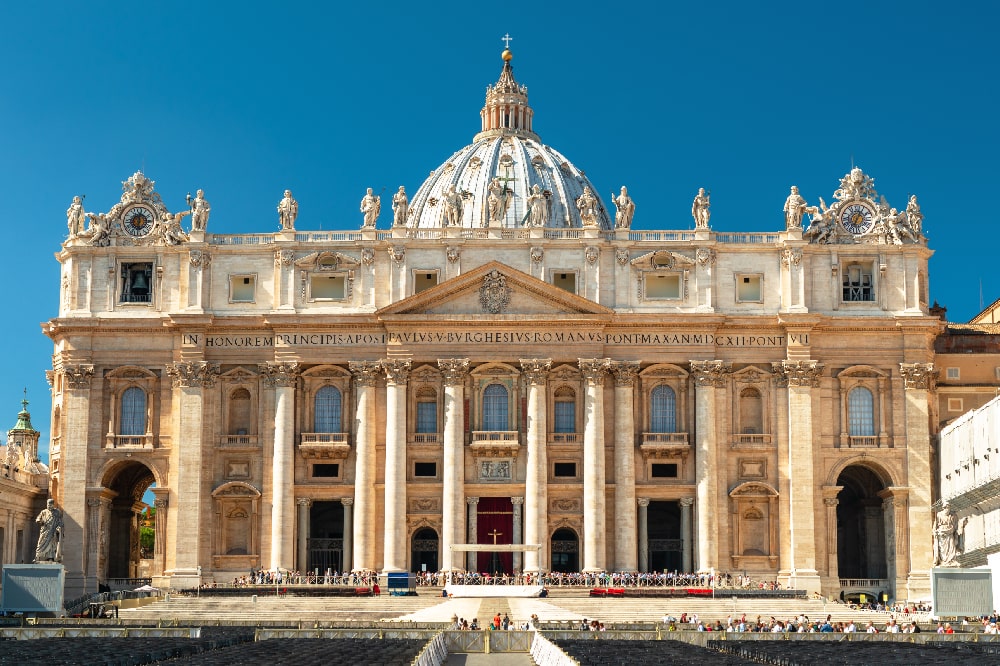October 28 celebrates the memory of St. Jude Thaddeus the Apostle, patron saint of hopeless cases. Here is how this belief originated
Contents
Tradition has it that St. Jude Thaddeus was the son of Mary of Cleophas, one of the three Marys, the three pious women who accompanied His agony at the foot of the cross, as well as a cousin of the Virgin Mary. This would make St. Jude Thaddeus the cousin of Jesus as well as the brother of James the Lesser, and this kinship would be further corroborated because Mary of Cleophas married Alphaeus, who was in turn the brother of St. Joseph. In any case, St. Thaddeus was thus related to Jesus on both his father’s and mother’s side. He was born in Cana of Galilee, Palestine, and was one of the twelve apostles, as was James, one of his brothers. Later James also became the first bishop of Jerusalem, and another brother, Simon, was his successor. A third brother, Joseph, was known by the nickname Justus, while his only sister, Mary Salome, was the mother of two other apostles: St. James the Greater and St. John the Evangelist. A large family, then, closely related to the family of Jesus, to the point that in certain passages of Scripture St. Jude Thaddeus and his brothers are mentioned no as cousins, but as brothers of Christ.

Who were the 12 apostles and discover the difference between apostles and disciples
Who were the 12 apostles, companions of Jesus who received from him the task of bringing the Word into the world?
Little mentioned in the Bible, St. Jude Thaddeus is not to be confused with another infamous Judas. We speak, of course, of Judas Iscariot, also an apostle, at least until he betrayed Jesus for thirty denarii. Perhaps also to avoid confusion in Scripture St. Jude Thaddeus is usually just called Thaddeus, or alternatively Lebbeus: Thaddeus comes from the Aramaic “taddajja,” meaning chest, while Lebbeus comes from the word “libba,” heart. So the meaning of this Apostle’s name is in each case “man with a big heart.”
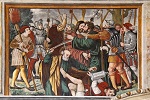
The true story of Judas Iscariot: known for betraying the Messiah
Judas’ name is linked to the sad story of the apostle who betrayed Jesus: read this article to know the true story of Judas Iscariot.
Included in the New Testament is a letter of Jude attributed to St. Jude Thaddeus, dated between 70 and 120 A.D. and consisting of 25 verses, the first of which reads, “Jude, servant of Jesus Christ, brother of James.” Included in the canon of the Bible, the letter draws inspiration from Jewish legends and apocryphal writings, such as the Assumption of Moses and the Apocalypse of Enoch.
Martyrdom and iconography
After Jesus’ death, St. Jude devoted himself to preaching the Word with great passion and determination, especially in Persia. This especially antagonized him the two magicians Zaroes and Arfaxat and the pagan priests, who had him and the apostle Simon Zealot arrested and taken to the Temple of the Sun. Here the two refused to recant their faith, and St. Jude warned those present to be wary of false idols, for dangerous demons lodge in them. That said, two demons appeared and destroyed the temple. Furious, the priests stirred up the people against the saint, who was slaughtered with stones, clubs and spear blows. His remains are kept in St. Peter’s Basilica, Rome, in the center of the apse of the left transept dedicated to St. Joseph. Other relics were brought by a friar to Lanciano, Abruzzo, and were the subject of a violent dispute between Venice and Lanciano, in which the Kingdom of Naples was also mistakenly involved. Eventually Venice recognized Lanciano’s ownership of the relics, which are still kept in a chapel in the convent of St. Augustine in Lanciano.

Saint Peter in the Vatican: Church symbol of the whole Christian world
Saint Peter in the Vatican is a basilica full of meanings, mysteries and sacred works of art famous all over the world.
In popular iconography St. Jude is depicted holding a book, a symbol of the Word of God of which he was a brave and passionate herald, and a halberd, a kind of spear, the instrument of his martyrdom, or alternatively a mace, again to recall his violent death.
The Black church
St. Jude Thaddeus was also the first Catholicos (patriarch) of the Armenian church. In fact, it was the two apostles St. Bartholomew and St. Jude who brought Christianity to Armenia. Indeed, it was here that Christianity became the state religion as early as 301 A.D., earlier than in any other country. In a mountainous area of Azarbaijan, in the place where St. Jude Thaddeus is said to have died, stands the Monastery of St. Thaddeus, also called Kara Kilise or Qareh Kalisa, “the Black Church.” Included in the UNESCO World Heritage List since 2008, the Black Church is a place of pilgrimage visited by thousands of devotees from all over the world every year.

5 places of pilgrimage to go to at least once in a lifetime
God’s action on this Earth leaves a strong mark that attracts us: here are five pilgrimages of faith to be made at least once in a lifetime.
Patron saint of lost causes
Along with St. Rita, St. Philomena and St. George the Wonderworker, St. Jude Thaddeus is considered patron of lost causes and protector of the hopeless. The reasons for this association are not known, but the tendency to invoke him in desperate situations began early. St. Bernard always traveled with a relic of St. Jude Thaddeus with him, and St. Gertrude also prayed to him daily.
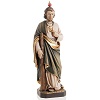
Prayer to St. Jude
There is a special prayer to St. Jude Thaddeus that can be recited for three days when facing an insurmountable problem. If the situation is really desperate it can be repeated for nine days, Here is the novena to St. Jude Thaddeus:
St. Jude Thaddeus,
faithful servant and friend of Jesus,
you who are the blessed patron
Of difficult and desperate causes,
pray and intercede for me in great earnest,
for I am overwhelmed at this time of great misery.
My most holy St. Jude Thaddeus succor me promptly
do not reject my request, for I resort to you eagerly and with great hope, knowing that your goodness is great
I promise you St. Jude
to always remember this favor and never forget to
honor you as my mighty protector and my very great benefactor.
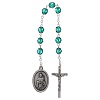

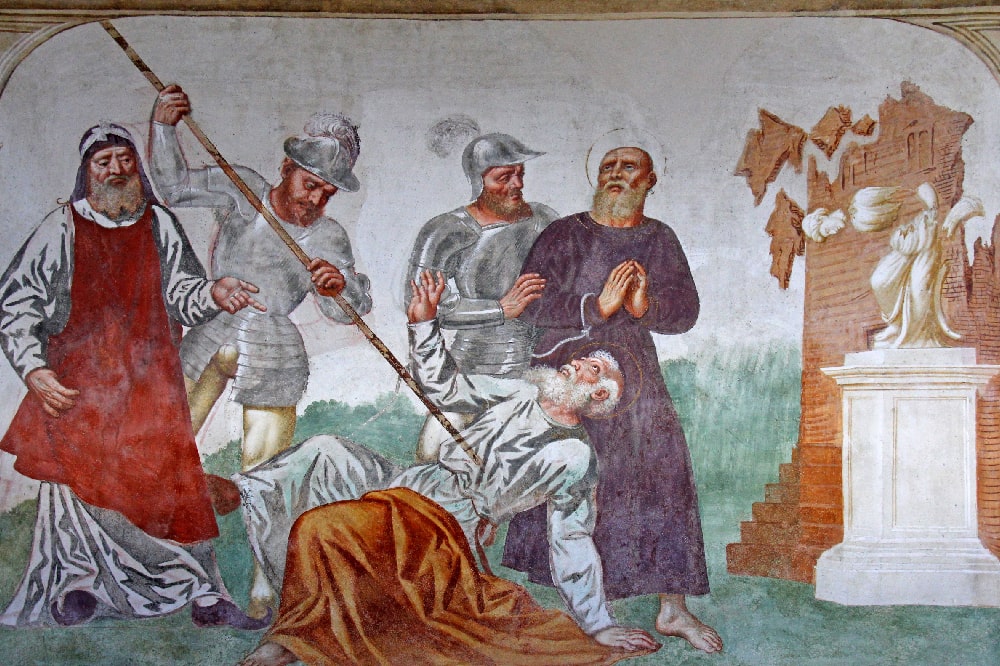
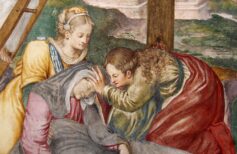
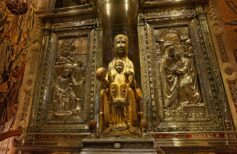
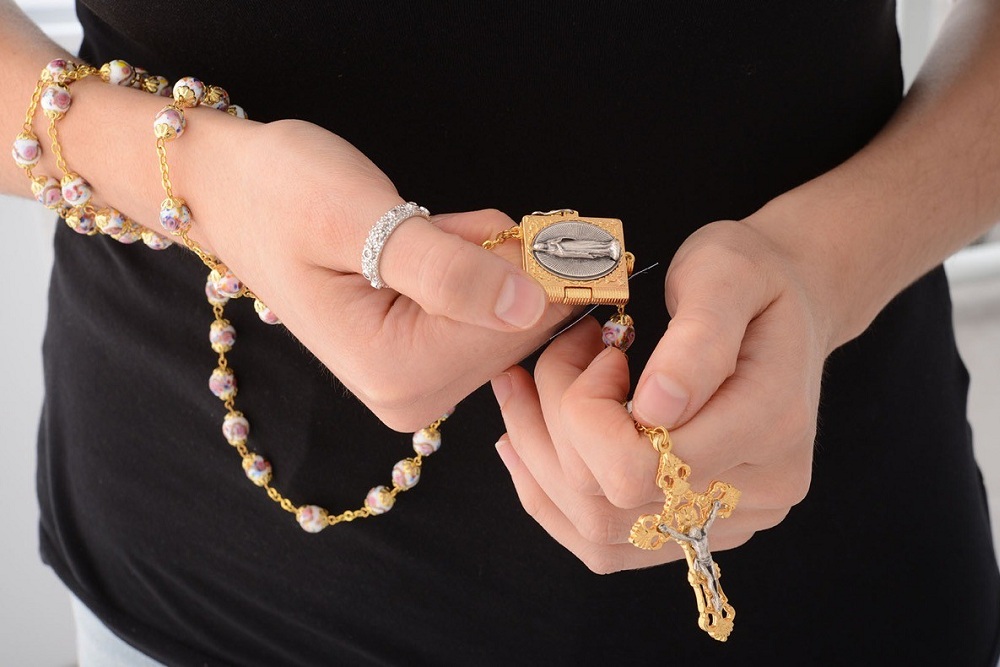

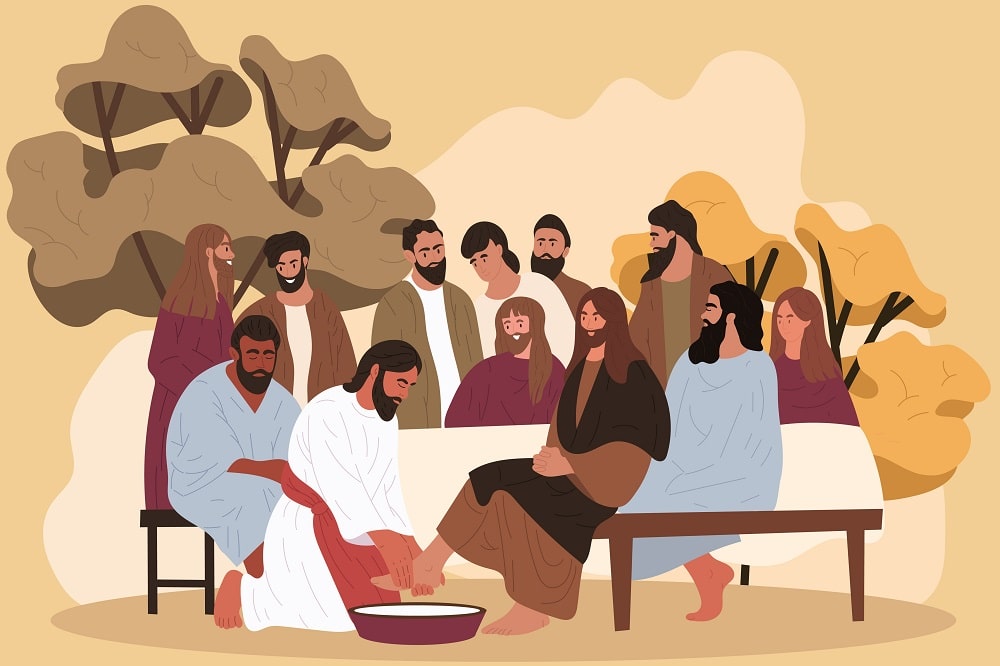
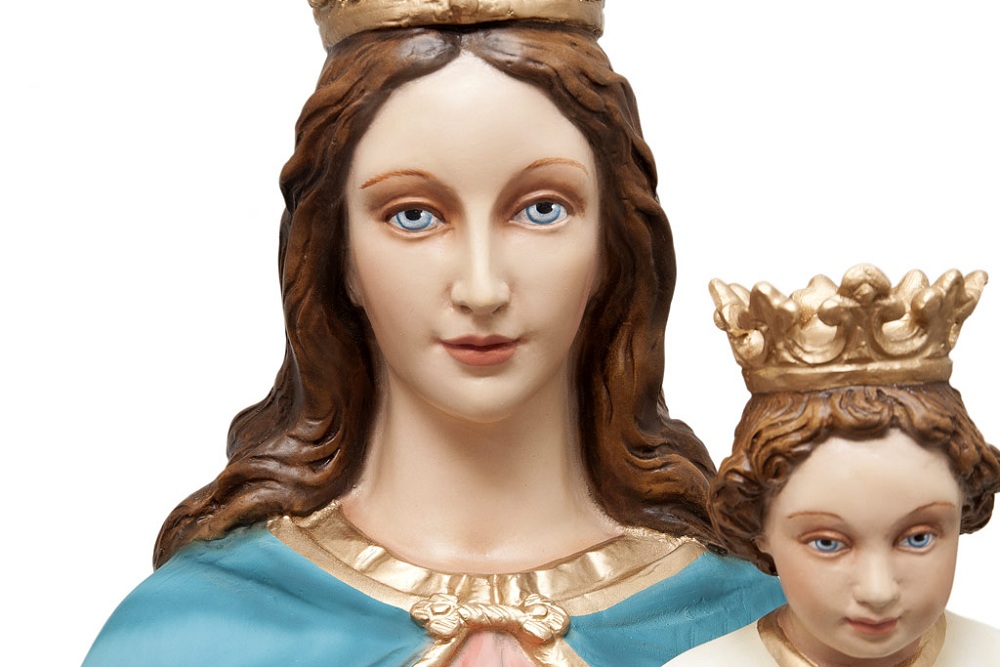











 25 August 2025
25 August 2025

